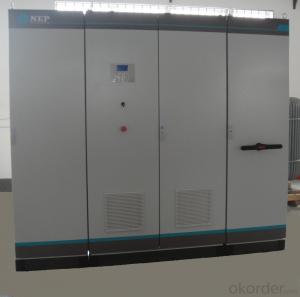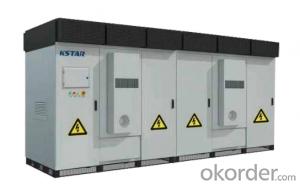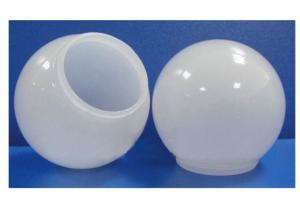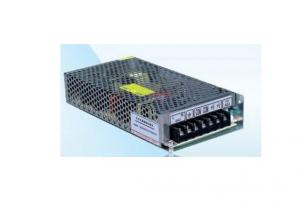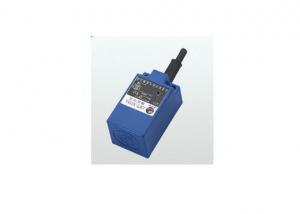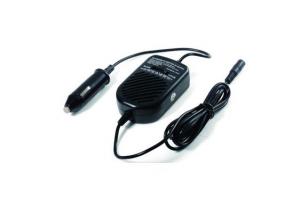Solar Based Inverter
Solar Based Inverter Related Searches
Solar Solar Inverter Solar Battery Inverter Solar Powered Inverter Battery Solar Inverter Inverter With Battery Solar Sun Solar Inverter Solar Powered Power Inverter Battery Inverter Solar Inverter With Solar Input Solar Electric Inverter Inverter Solar Inverter For Solar Solar Energy Inverter Solar System Inverter Power Solar Inverter Inverter Battery Solar Solar Rechargeable Inverter Solar Power Battery Inverter Inverter For Solar Battery Solar Photovoltaic Inverter Inverter With Solar System Sunshine Solar Inverter Solar Plant Inverter Power Inverter Solar Solar Battery With Inverter Portable Solar Inverter Solar Converter Inverter Solar Hybrid Inverter Small Solar Inverter Inverter In SolarSolar Based Inverter Supplier & Manufacturer from China
Solar Based Inverters are a type of power conversion device that transforms the energy generated from solar panels into usable electricity for various applications. These inverters play a crucial role in the solar energy industry, as they allow the efficient utilization of solar power in residential, commercial, and industrial settings. They are designed to handle different voltages and power capacities, ensuring compatibility with various solar panel systems.Solar Based Inverters are widely used in a variety of scenarios, such as connecting solar panels to the grid, powering off-grid systems, and even in backup power solutions. They are essential for harnessing the full potential of solar energy, as they convert the direct current (DC) generated by solar panels into alternating current (AC) that can be used by most electrical devices. This makes them a vital component in any solar energy system, whether it's a small residential setup or a large-scale commercial installation.
Okorder.com is a leading wholesale supplier of Solar Based Inverters, boasting a vast inventory that caters to the diverse needs of customers worldwide. With a commitment to quality and customer satisfaction, Okorder.com ensures that the inverters they provide are reliable, efficient, and compatible with various solar panel systems. By offering a wide range of Solar Based Inverters, Okorder.com enables customers to find the perfect solution for their specific energy requirements, making it a go-to destination for those looking to invest in solar energy technology.
Hot Products































